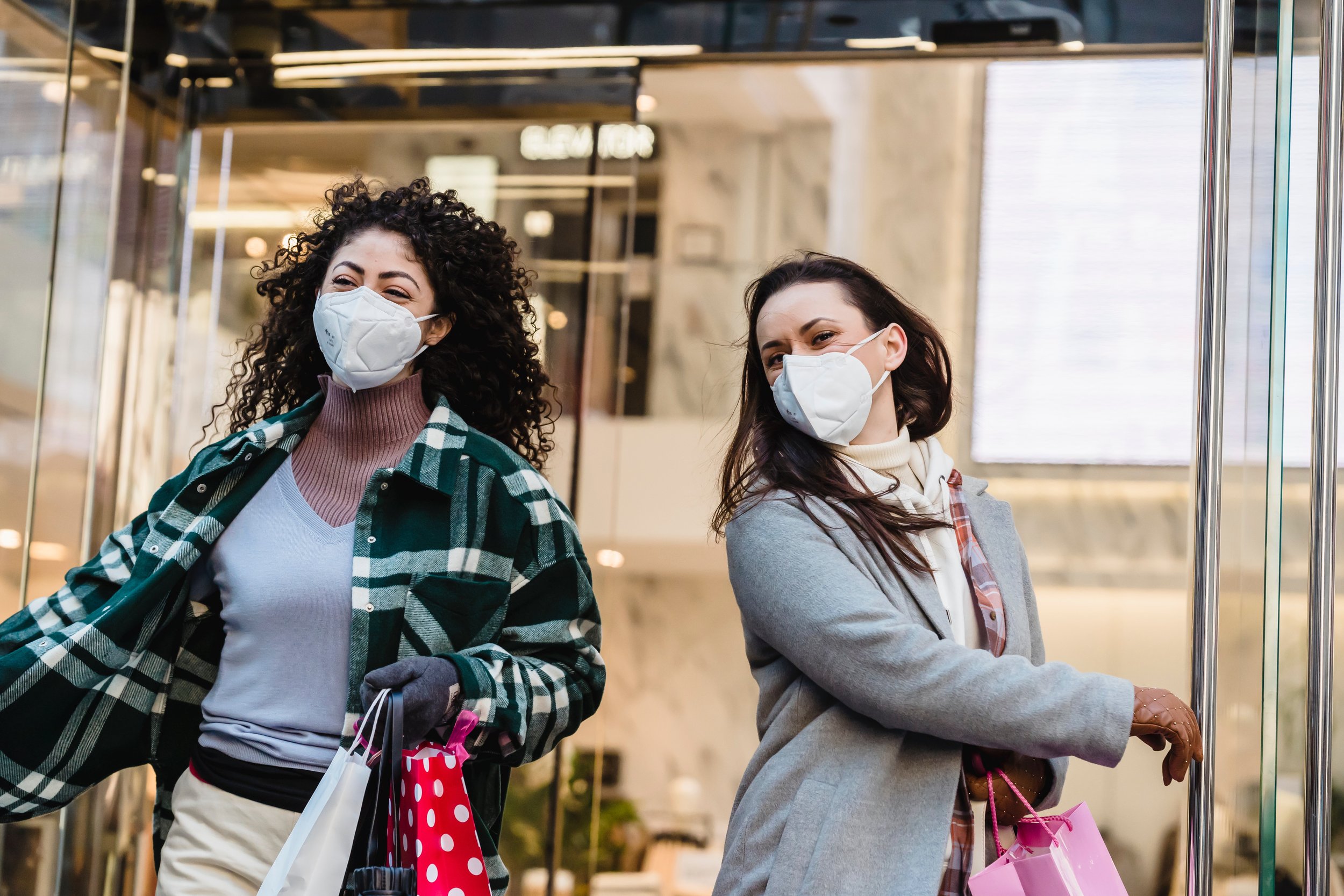
Covid-19
Special
The Covid-19 effect.
Acceleration of digitization, safe shopping environment and demand for new shopping experience
The years of 2020 and 2021 were extremely tough for the retail real estate business. The Covid-19 pandemic massively restricted private and professional lives of Europeans as one lockdown followed another. Unfortunately, 2021 did not get off to a discernibly better start. However, vaccination programmes are currently underway all over the world, aiming to reach a herd immunity.
During this time, consumer behaviours changed with some categories benefiting more than others. As home office became the norm and people had to stay at home for longer periods, the casualisation of fashion became the growing trend. In addition, sportswear, home & household, beauty, convenience retail and DIY also emerged as big winners. On the contrary, the demand for business wear and travel accessories declined.
Moreover, the open-air architecture of European outlet villages also turned out to be a clear advantage from the customer’s point of view over indoor shopping centres.
At the same time, the Covid-19 pandemic accelerated many of the trends in the outlet industry to which it was already adjusting. Providing omnichannel solutions is no longer an option, but a must for the retail industry. Offering a unique digital connected real estate platform is now key to fulfil both the requirements of brand partners and the changing demands of customers. Interconnected online and offline activities have become increasingly popular among consumers and retailers with services such as Virtual Shopping, Click & Collect, or retail entertainment on social media. Customer loyalty, digital marketing, augmented reality and visitor experience are other key drivers in this area that will shape the future of retail. The pandemic has also made people realise the value of faceto-face interactions. The shopping “day out” has become highly appreciated, as it gives consumers the chance to safely spend quality time with friends and family while engaging with their favourite retail brands.
Similarly, safety is at the top of consumer minds. Covid-19 has rightly drawn more attention to hygiene standards of all kinds at shopping and outlet centers. This is essential for maintaining the trust of visitors and partners. As a consequence, it is necessary to consider features that minimise the spread of infections, such as touchfree shopping, as we upgrade our centres.
In the post-pandemic recovery, the potential to provide different shopping experiences will be the main driver. Real estate’s new source of value consists on being the out-of-home platform for experiences beyond the virtual.

‘Revenge Shopping’.
ROS has successfully reacted to the pandemic challenges so far and has been rewarded with increasing average spends per visitor.
The pandemic is a difficult time worldwide, across all industries and also for the European outlet market. At the beginning, many operators had challenges in operational outlet operations, which ROS solved quickly, flexibly and individually due to its lean organisational structure and good brand partnerships.
ROS is very pleased that they were able to overcome this crisis as one of the best in the ecostra Outlet Center Performance report Europe 2020 survey, also from the point of view of brand partners.
With its #safeshopping approach, ROS reacted quickly and implemented a Europe-wide hygiene concept, taking countryspecific requirements into account.

Embrace the
changes.
The future of the European outlet market is omnichannel, well connected and sustainable.
Designer Outlet Centers have been around for more than 40 years, being first introduced in the US and adapted to the UK in 1990. Today, there are about 48 outlet centres in the UK, which is one of the most saturated markets in Europe. Germany, France, Spain and Eastern Europe show the greatest potential for outlet centres.
Over time and with the arrival of specialised operators, outlet centres in Europe became more conscious of brand positioning and customer services, as well as design and layout. They now included relaxation areas and paid attention to window displays and decoration elements, as the customer base was shifting towards aspirational shoppers. The last years brought a professionalisation of the outlet sector, allowing centres to evolve towards premium product lines and operators to offer highly specialised management.
As new trends take shape, the whole industry faces today the challenge to create added value for customers and brand partners. With digitalisation and e-commerce accelerated by the pandemic, outlet centre operators must revisit their digital strategy to adopt an omnichannel strategy in order to offer a comprehensive and centralised service to brand partners and consumers, delivering a better digital connected shopping experience. Likewise, we must work to create even better shopping experiences by enhancing the integration of food destinations and leisure offer to adapt to the growth of common retail entertainment.
Similarly, there has been a clear shift in consumer behaviour towards sustainability in the last years, supported by the Paris Climate Agreement, signed in 2016, and the launch of Greta Thunberg’s Fridays for Future movement in 2018. As shopping and lifestyle destinations, outlet centres have both the responsibility and the opportunity to drive behavioural change and help make sustainable living an easy choice for customers.
As the environment, trends and demands of customers and brand partners evolve, ROS is doing everything to embrace the changes and to remain competitive. Outlet centres have everything in their favour to become the choice of a new generation of customers.


